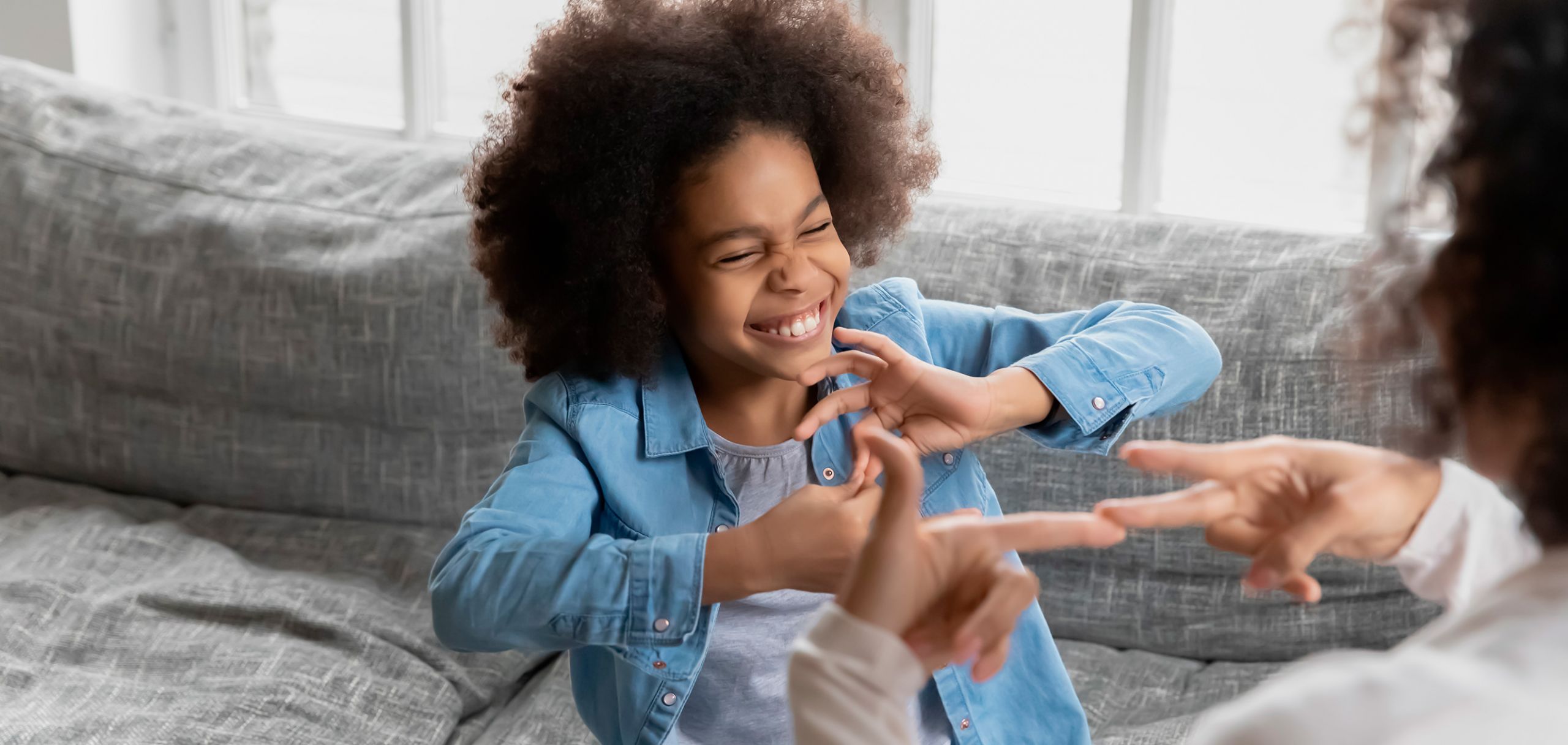An approach that places deaf individuals at the center of communication.
By exploiting advanced technologies for sign language recognition, animation, and machine translation, along with expert knowledge, high-end communication technologies, beyond-state-of-the-art data processing, and machine learning pipelines, an innovative and intelligent EASIER translation framework places deaf individuals at the center of interaction.

The consortium
EASIER formed a consortium of 14 partners from eight European countries. The team included representatives from the industry, higher education and research institutions, non-governmental organizations, research organizations, and SMEs.




















